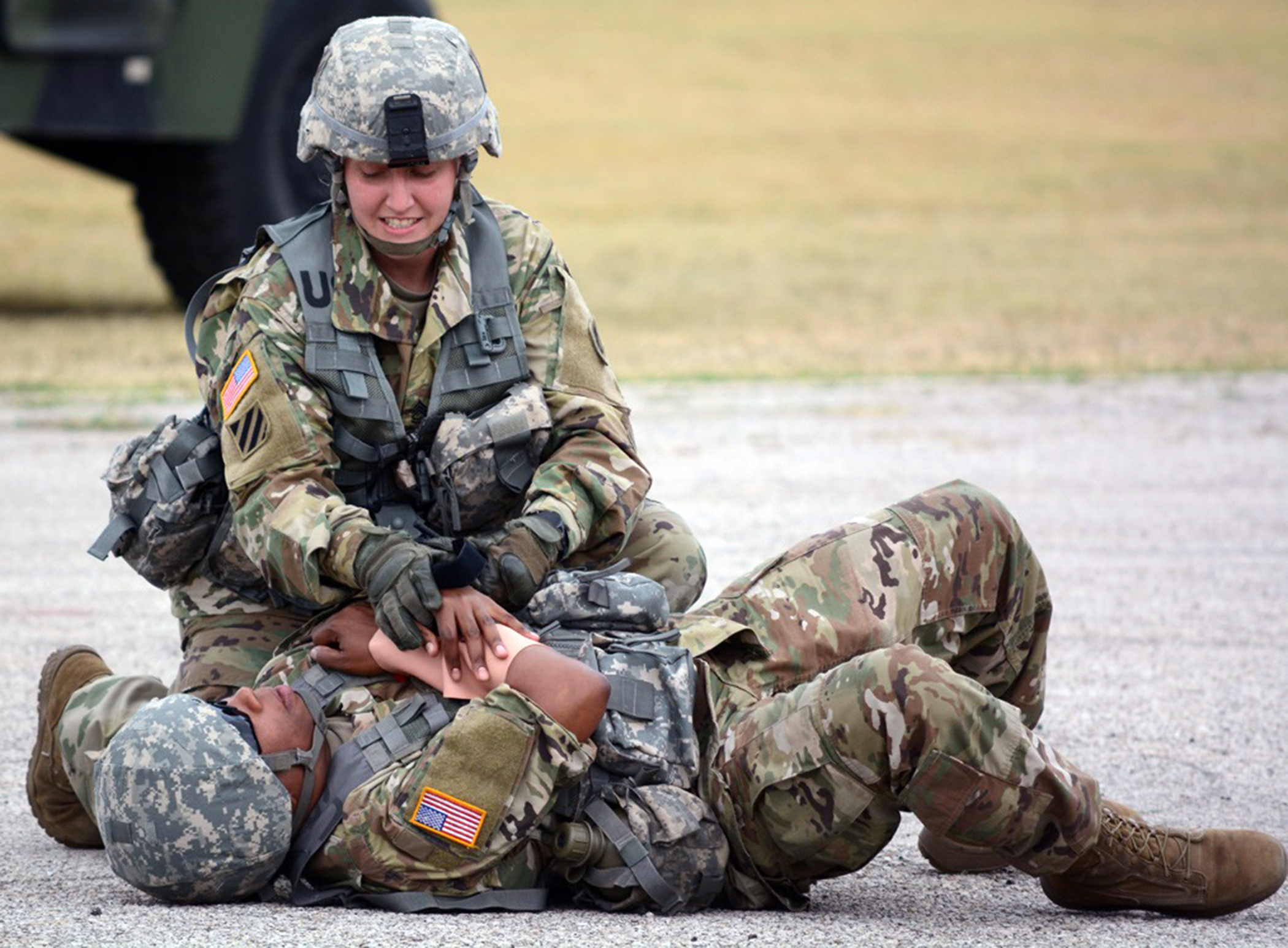This post is also available in:
 עברית (Hebrew)
עברית (Hebrew)
When a soldier is wounded in battle, there is only so much time for them to be saved. The hard part of helping an injured soldier is trying to locate them. Researchers have recently developed the next-generation ResQLink Personal Locator Beacon (PLB). This will give rescuers and medical crew the exact location of the hurt soldier in just about no time. With all its new and enhanced features, the PLB will have the ability to save many lives. The new and improved PLB is lightweight and accessible weighing in at only 148g. This makes the PLB extremely portable giving soldiers access to simply just put it in their pocket. All it takes for rescuers to be notified is the push of a single button by the injured soldier. The rescuers will then be on their way to help the hurt soldier. It will take only a maximum of five minutes before rescuers find and assist the injured soldier. If the soldier is within 100 meters, the PLB has a 95% success rate of accurately locating them. The screen displayed on the PLB renders operating instructions, GPS coordinates, battery power, and usage tips for users, according to shipinsight.com. One major improvement incorporated in the next-generation PLB is the ability to give rescuers the power to locate wounded soldiers in the day and night. Rescuers who are using night vision goggles when looking for injured soldiers at night will now be able to easily locate them from the new infra-red strobe light displayed from the PLB. So no matter what time of day it is, the PLB will always be reliable. Not only is the PLB functionable at day or night, but it also imposes over a 24 hour battery life ensuring safety at all times for soldiers. The PLB was created by US-based ACR Electronics, but the new enhancements and ideas originated from the SurvivorClub – ACR beacon owners. This was easy for them to do because they are the ones who have actually experienced real life rescues. The PLB is expected to be very affordable so every soldier can have that extra protection when going out into battle. This new technology will make searching for wounded soldiers much more feasible for rescue crews.


























